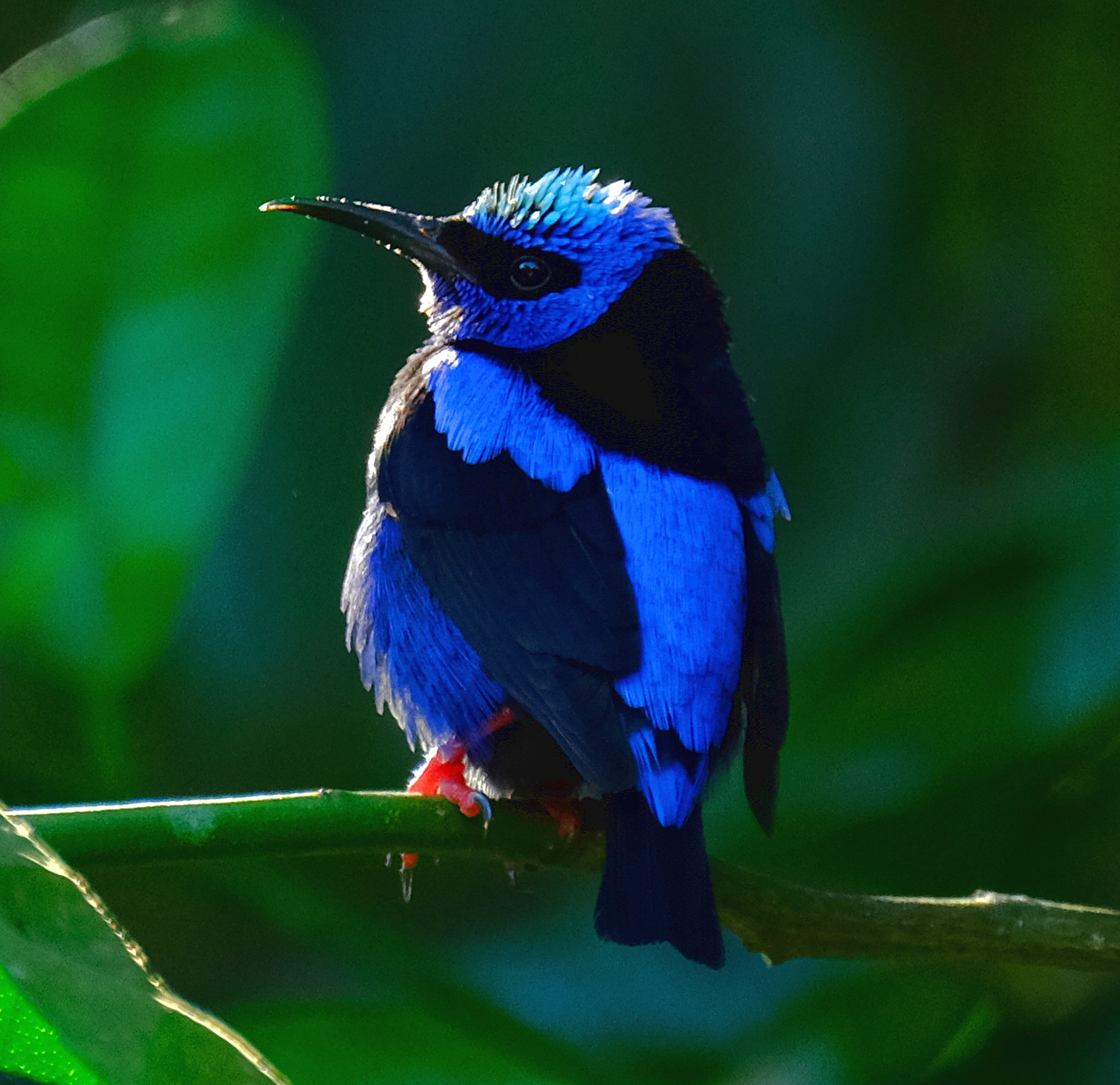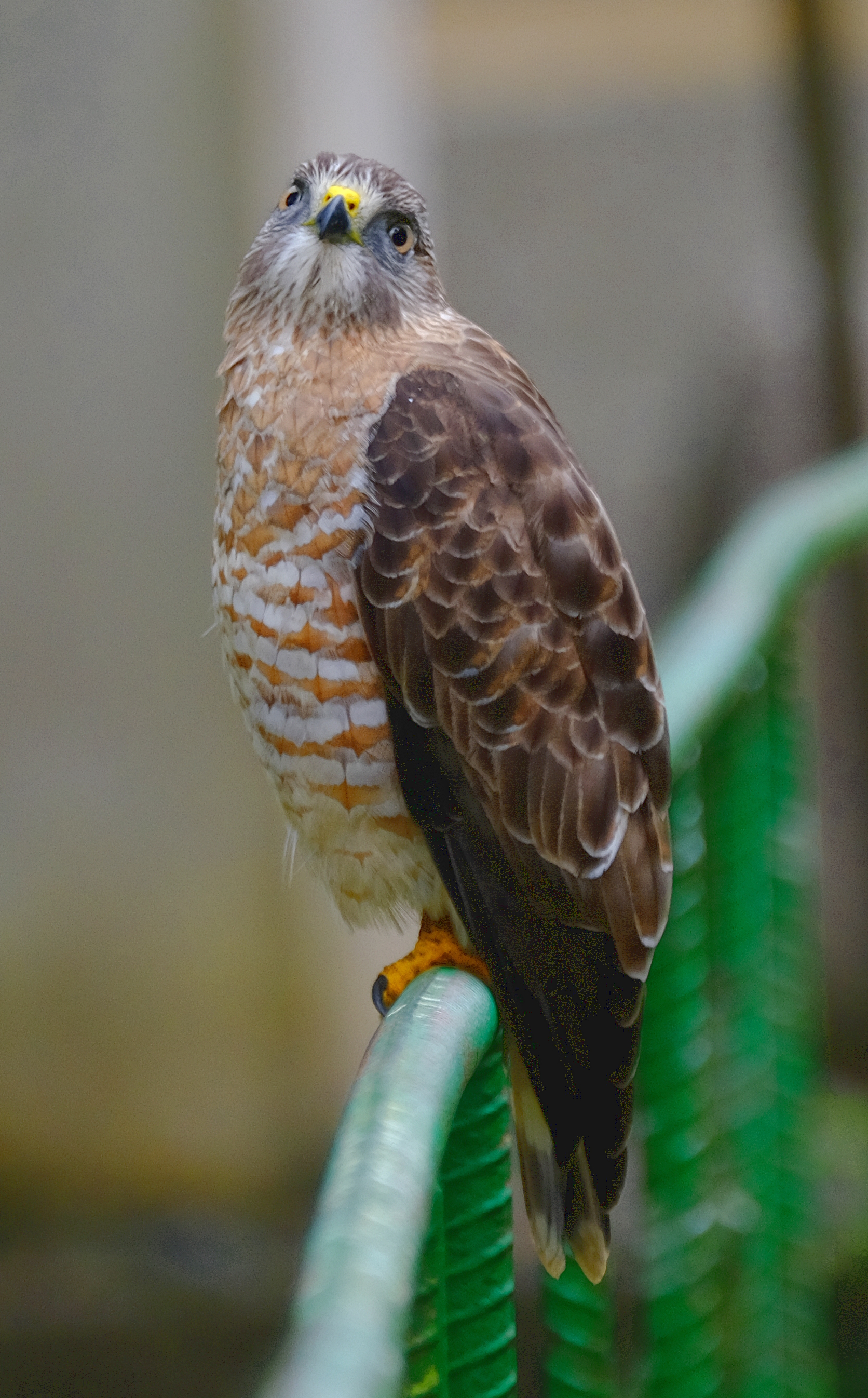This perky bird has an extensive geographic distribution, occurring from southern Mexico to the southernmost tip of South America. We encountered a small group of them at the entrance to Los Quetzales National Park, Costa Rica, which is located near Cerro de la Muerte, the mountain of death, on the Pan American Highway. Once you drive this stretch of road, the origin of the “mountain of death” becomes apparent. We observed these birds around 9,000-10,000 above sea level. It was a cold, blustery, gray day when I photographed them and I wished there was more light to work with, but their beauty stands out even so.





